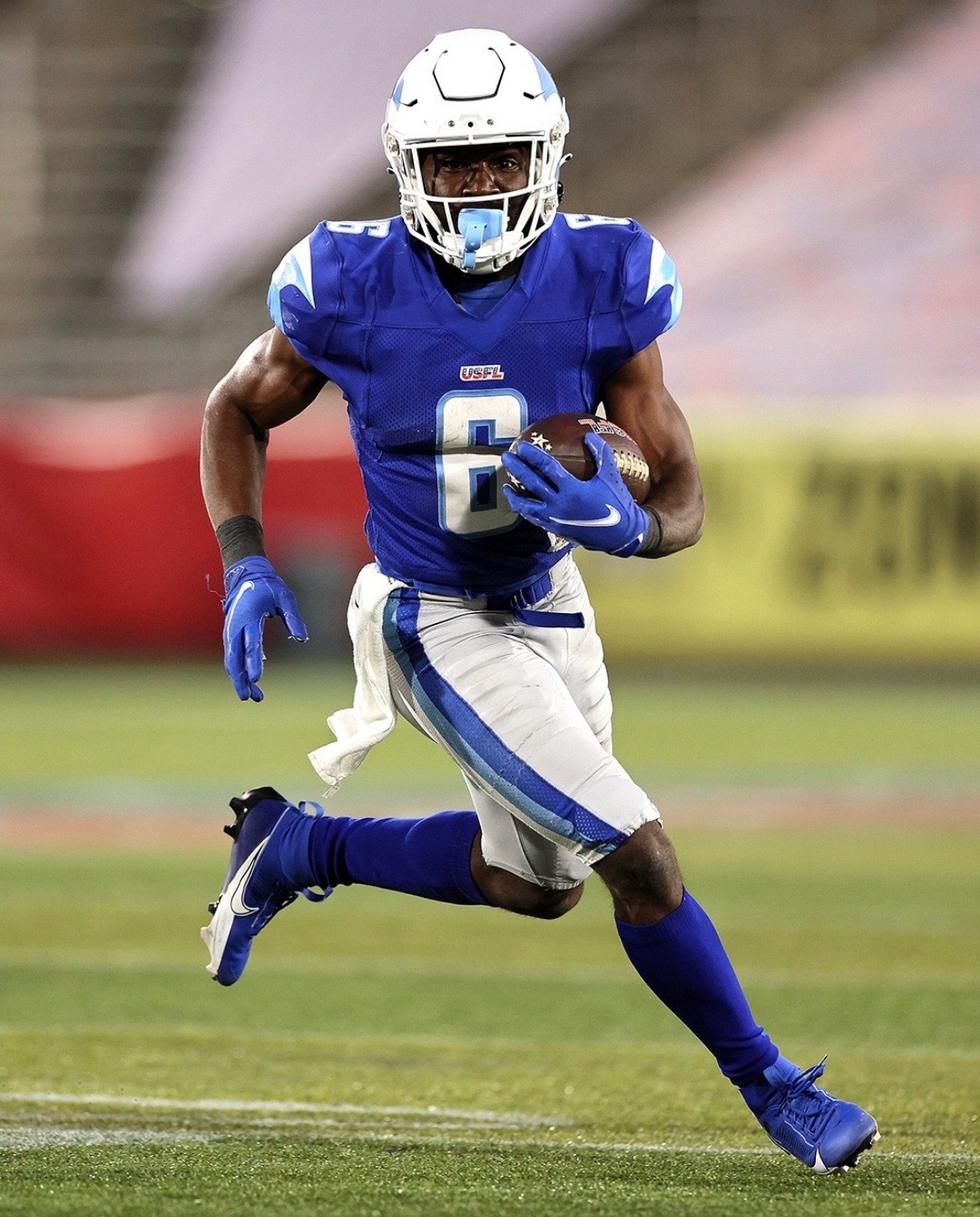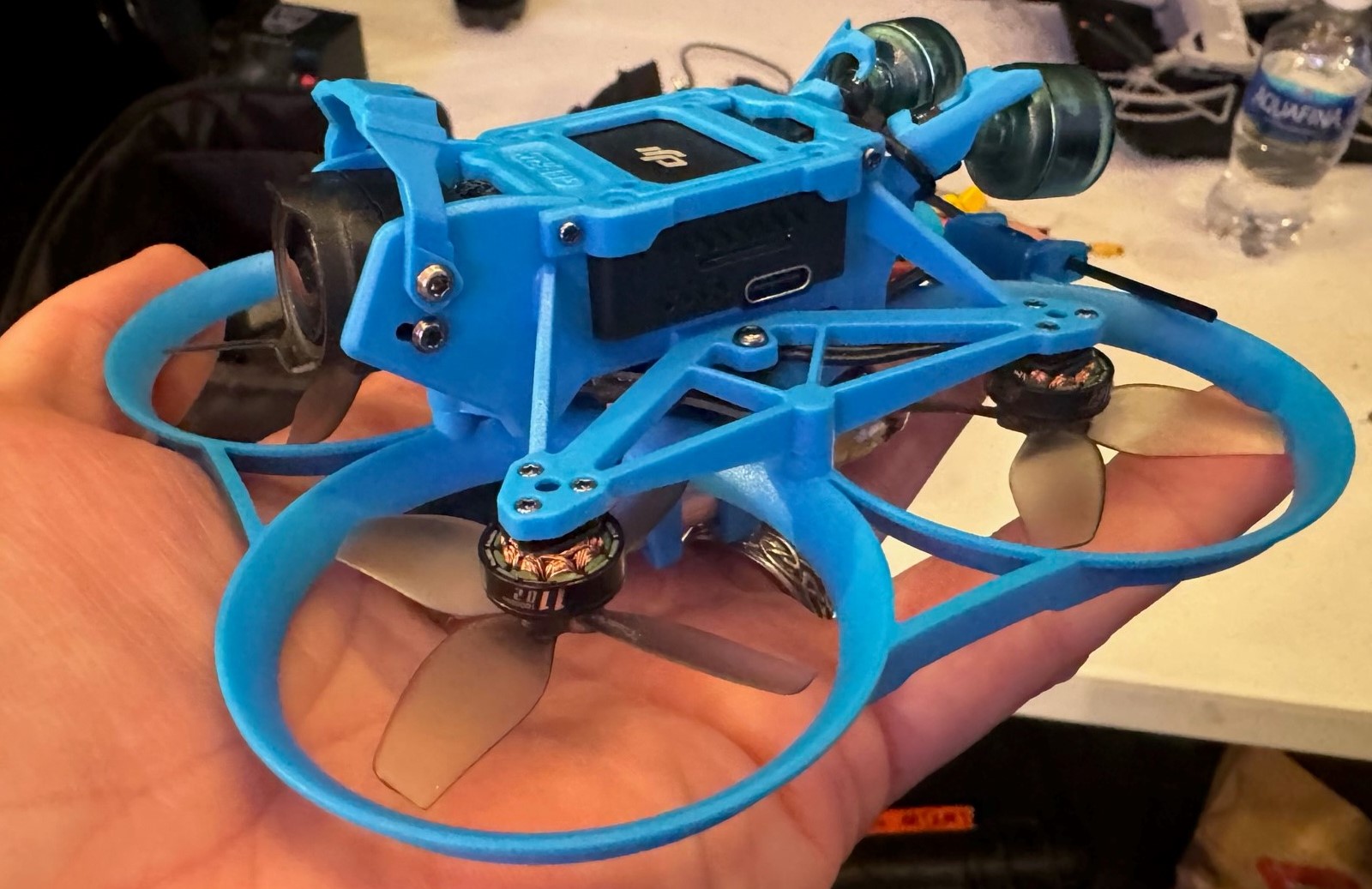
LOS ANGELES—Technology and sports have gone hand-in-hand at least since KDKA in Pittsburgh broadcast the first live sporting event—a boxing match—more than 100 years ago.
Since then, the two have become so enmeshed that it’s hard to think about one without the other. But the new United Football League (UFL) plans to take things to a whole new level, building its foundation with technology as the cornerstone.
“The UFL is a league defined by technology,” says Brad Cheney, vice president for field operations and engineering at Fox Sports. “That’s what the board wants. That’s what the league wants, and that’s what the broadcasters want.”
While Fox Sports plans to use some new production technology and apply a bit of “one-upmanship” on technology used for the past few years, he says, much of the tech will be what the broadcaster has developed over the past 30 years covering the NFL and nearly 20 years of college football.
“The real benefit is we are going to give the viewer the access they desire. Quite honestly, we know what that is now,” says Cheney.
UFL, tech and the viewer
The UFL, which begins inaugural play March 30 with four games, is the new league formed by the merger of the XFL and USFL. Fox Sports and ESPN share the UFL broadcast duties.
(Editor’s note: TVTech asked ESPN about its plans but as of publication has received no reply.)
The professional video industry's #1 source for news, trends and product and tech information. Sign up below.
The league’s emphasis on technology is a strategy to differentiate itself and produce dividends for the fans, the teams and the league. “By leveraging technology, you get to be part of an R&D-oriented environment with the goal being to make the players better, which makes the play better, which makes the games more exciting,” he says.
One tech improvement viewers will notice immediately is the use of an automated first down system that keeps the game moving and running at the pace the players want.
“Imagine a long drive with a little bit of time left on the clock,” says Cheney. “You're running down the field. The last thing you want to do is let the defense reset itself while you're pulling the chains out.”
Instead, Fox Sports will use an optical ball-tracking technology that relies on data from multiple static cameras in the stadium and cloud processing to determine exact ball positioning within three seconds, he says.
“As the official places that ball on the field, it is laser-marked exactly by the optical system. The system tells us exactly how many yards that ball moved from the last time it started and from where the first down was,” he explains.
Audio Enhancements
The broadcasters will mic coaches and key players as well as rely on an array of parabolic mics to enhance audio.
Not only will fans be able to hear what coaches and quarterbacks are saying when the Fox Sports production team thinks the audio will improve viewing, but the telecast’s on-air crew will be able to listen and step up their game calls and color commentary.
“That’s a piece of the learning experience we’re developing,” says Cheney. “Our talent will explain what a play could be before the snap [based on these communications]. Viewers will be able to start to really understand these exchanges as they hear them in our broadcasts.”
The wireless mics, transmitters and receivers needed to pick up these verbal clues are only part of the UFL audio story, however.
“We’re micing a lot of players as we have in the past. But you can only have so many wireless microphones out there before you run into RF problems,” says Cheney.
“The goal is to have the right players with microphones on and having a pool of parabolic microphones to really dig into that sound,” he says.
Fox Sports crews will have full access to coaches and players—not simply on and off the field—but also up and down the sidelines.
“Not only does that access help us with capturing video, but it really helps in capturing audio. All of a sudden, the parabolic microphones we used to aim down the straight line when the teams match up are right there,” he says. “They’re much closer than they are in college and NFL coverage.”
Two parabolic mic operators on each sideline will have access to the edge of the playing field and won’t be forced to attempt to pick up audio from behind players on the sidelines, he says, adding that they will not be standing in front of coaches.
Video production
Fox Sports will produce the UFL in 1080p HDR. Some games will be upconverted to 4K HDR, says Cheney.
Unlike the USFL, which chose a handful of venues for game play with opposing teams visiting, thereby drastically reducing the number of production truck rolls needed, the UFL will employ the more traditional traveling-team, home-away model.
As a result, Fox Sports will roll OB trucks to each home venue and also will employ its Home Run Model production workflow. Graphics and specialized production elements will run from the broadcaster’s Vault facility in Los Angeles. Augmented reality will play a part in UFL presentations, as well, he says.
The camera complement is extensive, totaling more than 50 cameras, including specialty cameras like a drone camera, a home and visiting team Helmet Cam from Action Streamer, umpire and side judge Hat Cams, Megalodon and Pylon cameras.
“A lot of these pieces will be used on a consistent basis to make sure we have all this material available to our production team to show off what’s going on,” says Cheney.
One familiar technology that will see less use for UFL coverage is Skycam. “Especially as you start to talk about Helmet Cams and the drone, you say, ‘Wait a second. If I've got a running back with a Helmet Cam, and I know he is going to run the ball, I'm going to rip the Skycam out of the way and watch him coming at me instead of trying to follow that ball through the zone,” says Cheney.
Beverly Hills Aerials will handle drone duties, deploying its fourth-generation Bumblebee drone system, a more agile unit that offers “a bit more movement in the gimbal system” and greater camera stabilization, says Cheney.
“We're going to continue to launch that throughout the season and give you that angle of being in the run, being behind these players as they move, tracking a ball as it's kicked, tracking a ball as it’s thrown and finding that new look,” he says.
Beyond the immediate benefits these technologies bring to the UFL and viewers, their use gives other sports leagues and organizations an opportunity to see how they perform and could possibly enhance the television production of their games.
“We have been a very open book with the NFL and the power five conferences and the NCAA about us doing things that other people aren’t doing,” says Cheney. “We’re happy to show them and have them come down and see that what we’re doing is going to be beneficial for the sport.”
(Fox Sports coverage begins with a game between both leagues’ champions, the Birmingham Stallions and the Arlington Renegades at 1 p.m. EDT. Next up for Fox Sports is the St. Louis Battlehawks vs. the Michigan Panthers at 4 p.m. ESPN’s season kickoff coverage begins at noon EDT with the D.C. Defenders vs. the San Antonio Brahmas and concludes with the Memphis Showboats vs. the Houston Roughnecks at 3.pm EDT. Games will be aired on Fox, FS1, ABC and ESPN.)
Phil Kurz is a contributing editor to TV Tech. He has written about TV and video technology for more than 30 years and served as editor of three leading industry magazines. He earned a Bachelor of Journalism and a Master’s Degree in Journalism from the University of Missouri-Columbia School of Journalism.



